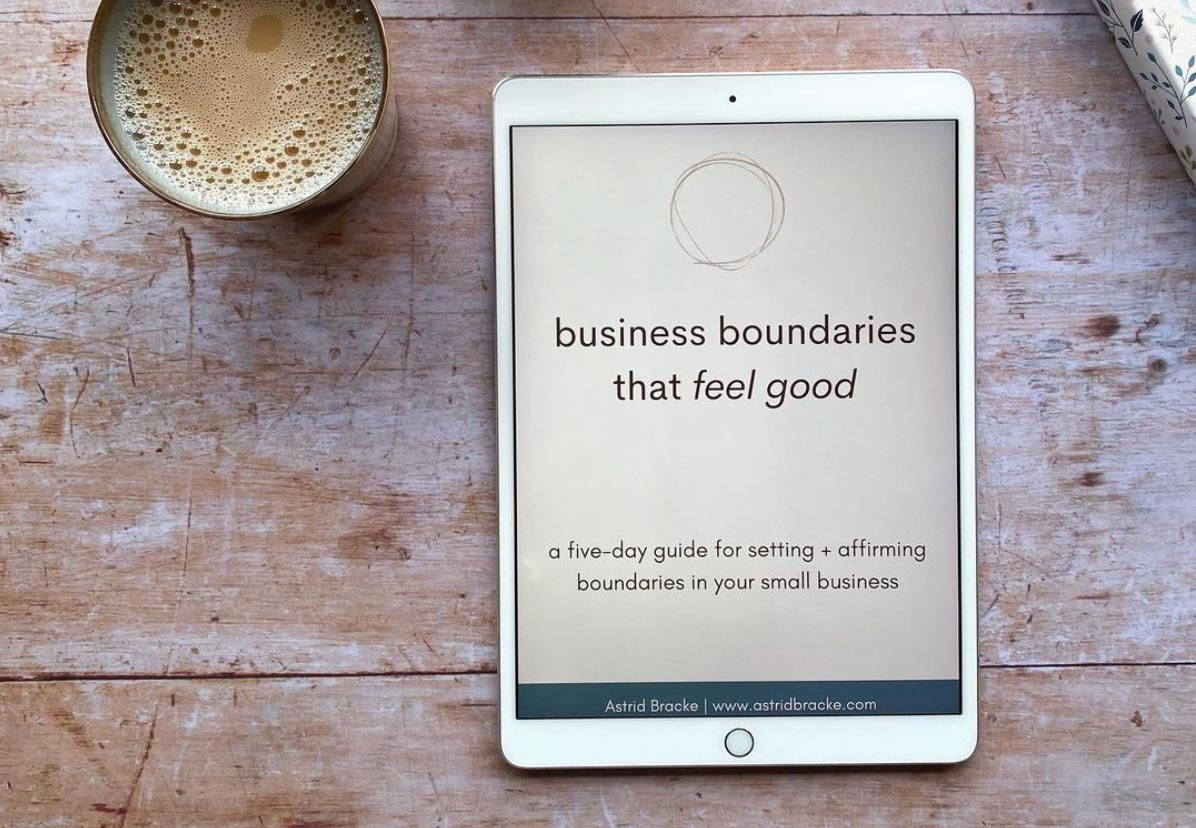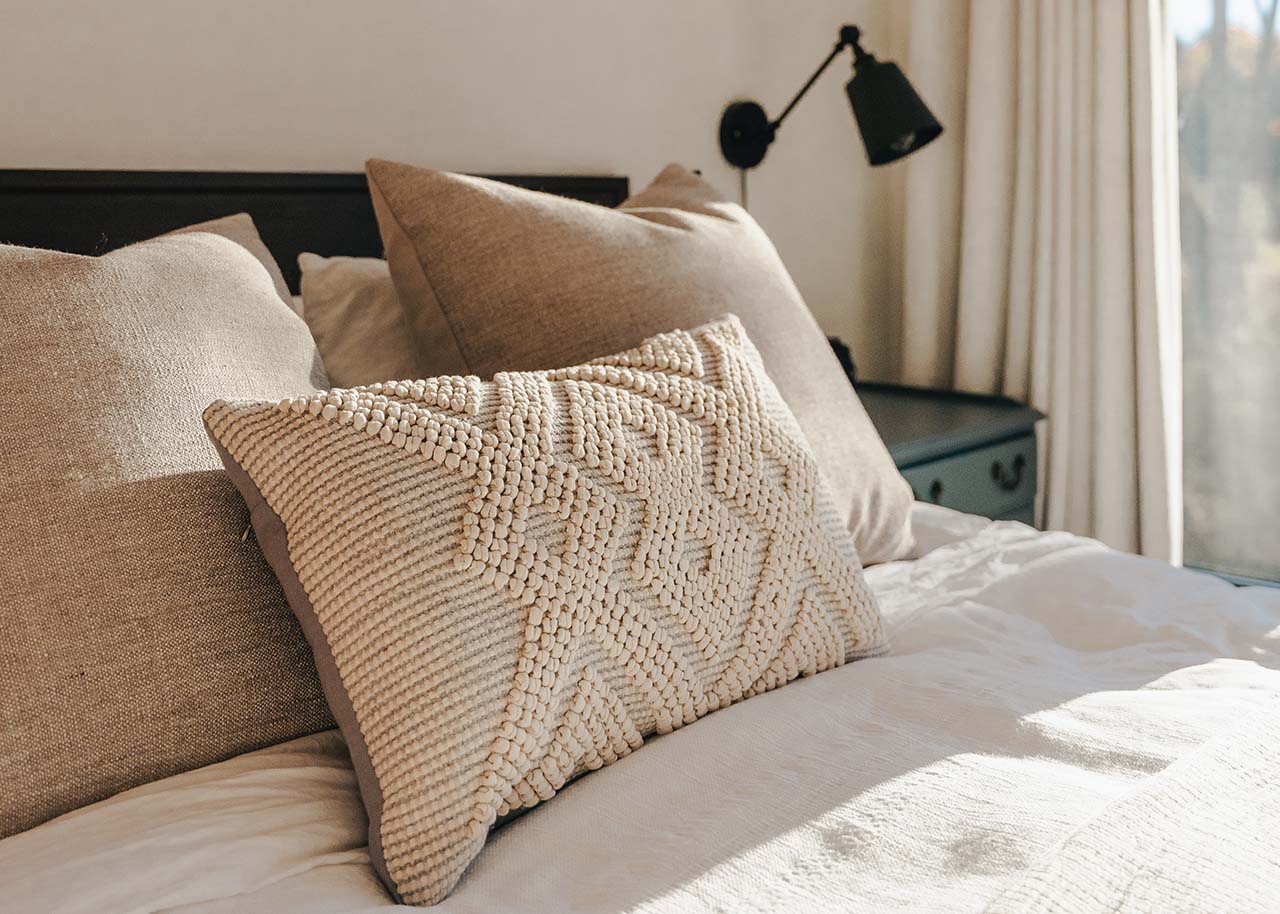Boundaries are about the things we say ‘yes’ or ‘no’ to in our business. They determine when and where we work, and how we spend our time and energy. But setting them and sticking to them can be really hard. In this post I share some of the boundaries that help me run a slow and intentional business, and offer strategies to help you do the same.
Boundaries are guardrails and beacons. Having boundaries that protect the kind of business you want to run, makes decision-making so much easier.
One of the boundaries that has made the biggest difference to my day-to-day life is to have a slow morning. I don’t get up very early, take time to meditate and have breakfast, and then spend 30 minutes reading for fun. In practice, this means that I don’t settle down to work before 10. Those slow mornings have a huge effect on the rest of my day. I feel calmer and more joyful. And, even after two years of morning reading, I still feel absolutely decadent curling up on the sofa with a novel and a cup of tea.
Boundaries are essential if we want to live intentionally and run an intentional business. As small business owners who have a lot of space to determine when and how we work, boundaries are key to protect us from overwork and the hustle. We can also use that freedom to our advantage. For me, slow mornings are important. For you, it might be an extended lunch break working in the garden. You might take a yoga or pottery class in the afternoon, and then do another hour of work in the evening. You might extend the walk to school with your child to take a walk by yourself.

I talk a lot about boundaries with my mentoring clients, and offer them strategies that you can use too, such as the boundaries review.
Doing a boundaries review
A boundaries review is a great thing to do if you want to check whether your boundaries are still supporting you and your business.
1. Determine what is important to you
What are the parameters that you want to organize your days around? This might be working around school drop-off and pick-up, having a slow morning, not working in the evenings, not doing client work on certain days, setting working hours, etc.
2. What do these parameters mean for you and your business?
If you know how many days a week you can work in your business, you can also determine how long it will take you to create products and ship them. Take into account all the other things that come with running a business here too, such as regular time for admin and marketing.
3. Communicate your boundaries
A good place to start is your website where you can communicate production and shipping times and availability for client calls (I love using scheduling software for this). Other places to communicate your boundaries are your out-of-office reply, your email signature and your social media bio. If you get overwhelmed by DMs, for instance, you can use your Instagram bio to encourage people to get in touch with you through your website instead.
Also think about communicating your working hours to family members and friends. Even though you might be working from home, this does not mean that you’re always available. Creating your own templates is a great idea for communicating boundaries of all kinds. You might have a template responding to requests for bespoke products, a template that communicates your boundaries about collaboration, or a text that you can drop into your WhatsApp messages to let your family know you’re currently working and unavailable.
You started your business with a reason. Boundaries help you make the life you dreamed of a reality.
Do you need a hand with setting boundaries? From October 2021 Astrid’s five-day guide Business boundaries that feel good will be available. It offers prompts, strategies and pages of templates to help you set and communicate boundaries in and around your business. Read more on Astrid’s website.
Astrid Bracke helps small business owners set and affirm boundaries that feel good, make marketing & social media work for them, and grow their business from a place of energy.
Would you like to receive inspiration from The Slow Living Guide regularly?
Sign up for the newsletter here.



